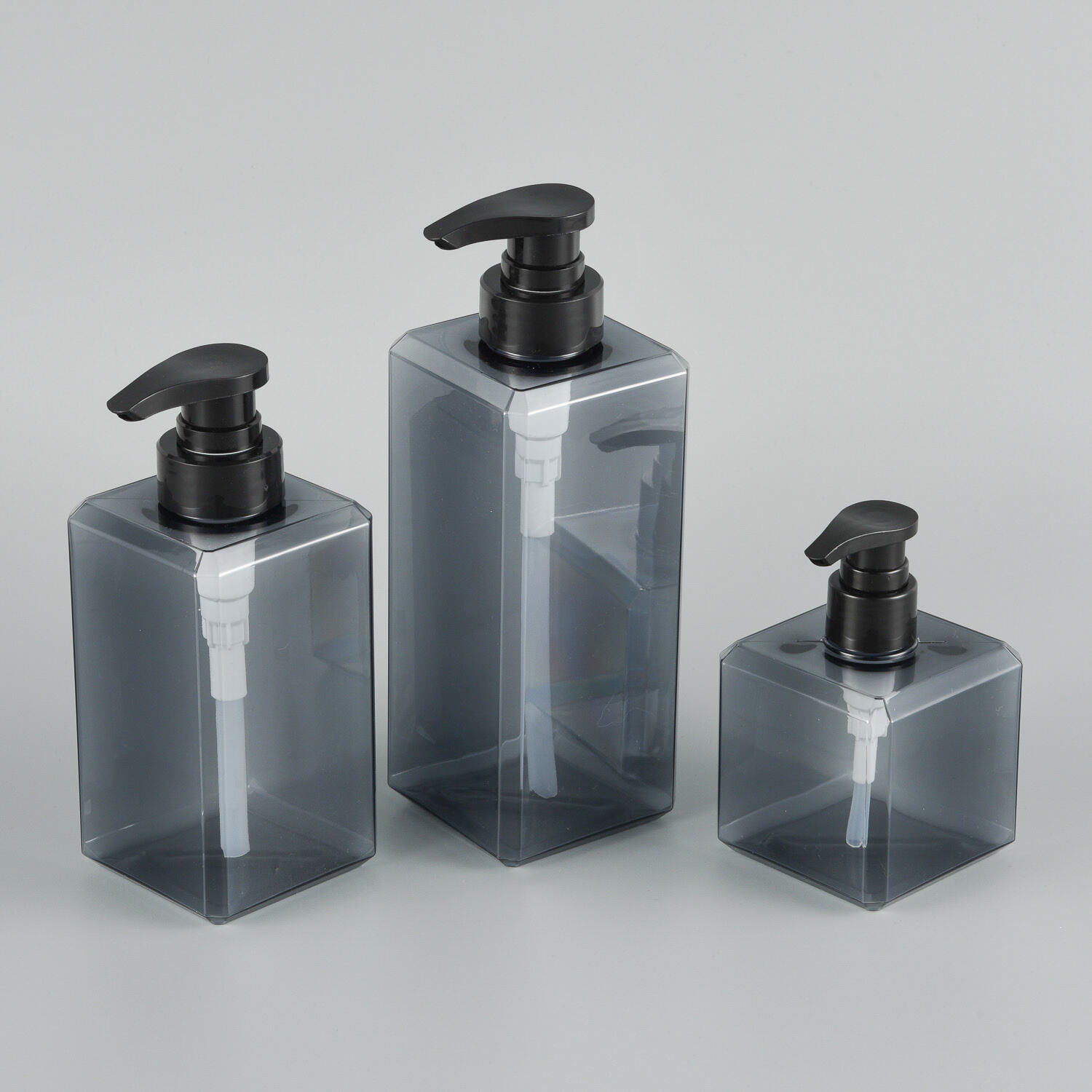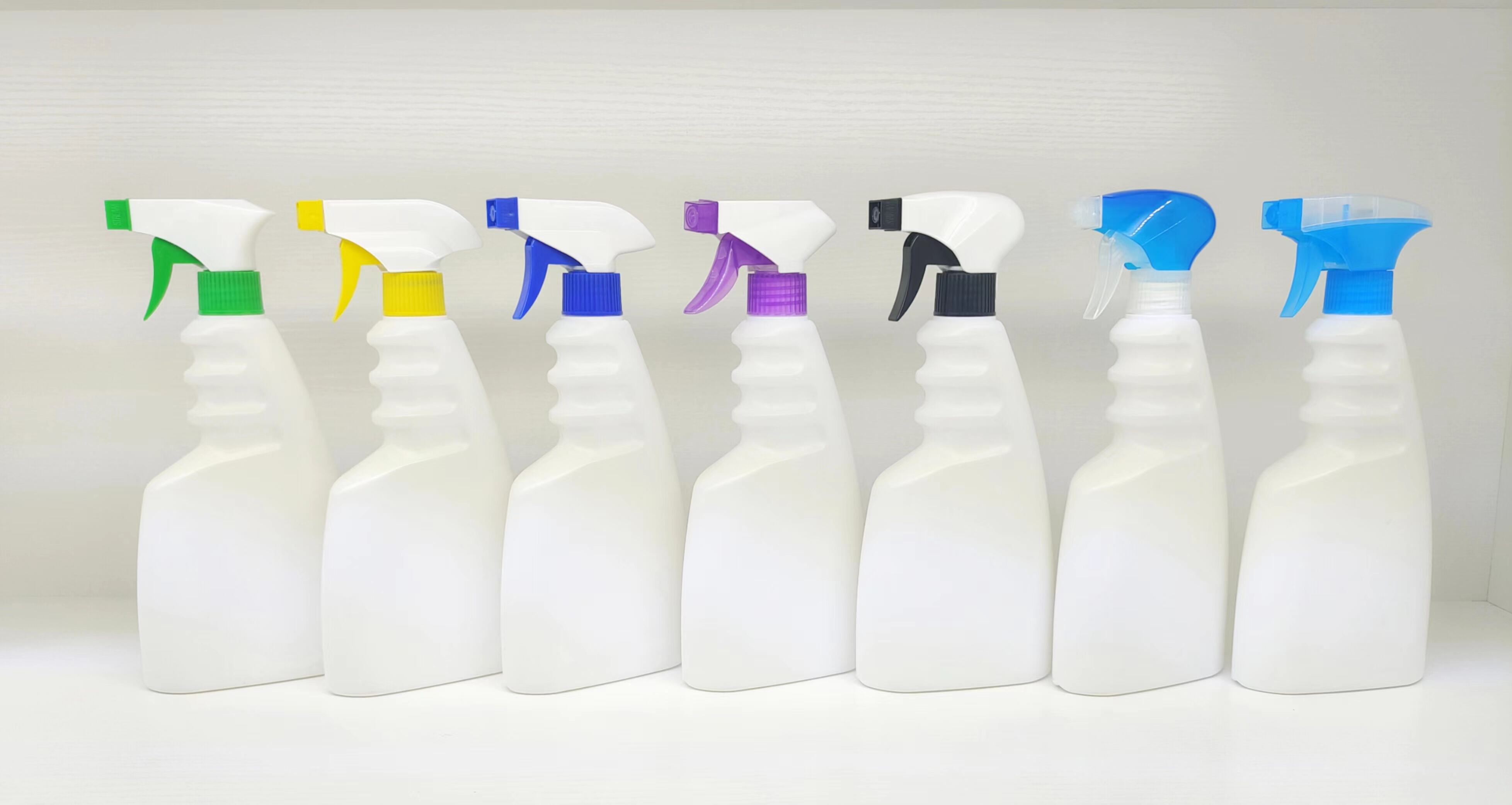The Modern Revolution of Liquid Storage Solutions
In today's fast-paced world, the way we store and transport liquids has evolved dramatically, with plastic bottles for liquids emerging as the preferred choice across industries and households alike. From beverage companies to pharmaceutical manufacturers, the adoption of plastic containers has transformed how we handle, distribute, and consume various liquid products. This comprehensive guide explores the numerous benefits that make plastic bottles an indispensable part of our daily lives and industrial processes.
Key Benefits of Plastic Bottle Usage
Superior Durability and Safety Features
When it comes to storing and transporting liquids, durability is paramount. Plastic bottles for liquids offer exceptional resistance to impact and breakage, making them significantly safer than traditional glass containers. The molecular structure of modern plastics allows them to withstand considerable physical stress without compromising the container's integrity. This inherent strength reduces the risk of spills and breakages during transportation and handling.
Moreover, plastic bottles can be engineered with specific safety features such as tamper-evident seals, child-resistant caps, and pressure-resistant designs. These features ensure that the contained liquids remain secure and uncontaminated until they reach the end user, making plastic bottles particularly valuable for storing medicines, chemicals, and consumable beverages.
Cost-Effective Manufacturing and Distribution
The economic advantages of using plastic bottles for liquids extend throughout the entire supply chain. The manufacturing process requires less energy compared to glass production, resulting in lower production costs. The lightweight nature of plastic containers significantly reduces transportation expenses, as more units can be shipped within the same weight limitations.
Additionally, plastic bottles can be produced through various cost-efficient methods, including blow molding and injection molding, allowing manufacturers to create custom designs while maintaining competitive pricing. This versatility in production techniques enables companies to optimize their packaging solutions without compromising quality or functionality.
Environmental Considerations and Sustainability
Recyclability and Resource Conservation
Modern plastic bottles for liquids are increasingly designed with environmental sustainability in mind. Many manufacturers now use recyclable materials such as PET (Polyethylene Terephthalate) and HDPE (High-Density Polyethylene), which can be processed and repurposed multiple times. This focus on recyclability helps reduce the overall environmental impact while conserving valuable resources.
The lightweight characteristic of plastic bottles also contributes to reduced carbon emissions during transportation, as lighter loads require less fuel consumption. Furthermore, innovations in plastic technology have led to the development of bio-based and biodegradable alternatives, offering more environmentally conscious options for liquid packaging.

Energy Efficiency in Production
The production of plastic bottles requires significantly less energy compared to alternative materials. The manufacturing process can be completed at lower temperatures, reducing the overall carbon footprint of production facilities. This energy efficiency extends to the entire lifecycle of the product, from raw material processing to final disposal or recycling.
Additionally, modern manufacturing techniques allow for the creation of bottles with optimized wall thickness, using less material while maintaining structural integrity. This reduction in material usage further contributes to energy conservation and resource efficiency.
Design Flexibility and Consumer Convenience
Customization and Branding Opportunities
Plastic bottles for liquids offer unprecedented design flexibility, allowing manufacturers to create unique shapes, sizes, and colors that align with their brand identity. The moldable nature of plastic enables the incorporation of ergonomic features, such as easy-grip surfaces and precise pouring mechanisms, enhancing the user experience.
The ability to integrate complex designs and detailed labeling directly into the bottle surface provides excellent branding opportunities. Manufacturers can create distinctive packaging that stands out on retail shelves while maintaining functionality and user convenience.
Practical Benefits for End Users
Consumer convenience is a significant advantage of plastic bottles. Their lightweight nature makes them easy to carry and handle, particularly important for products used frequently or in large quantities. The flexibility of plastic allows for squeeze bottles, spray mechanisms, and precise dispensing systems, making them ideal for various applications from personal care products to household cleaners.
The durability of plastic bottles also means they're less likely to break if dropped, making them safer for use in bathrooms, around children, or in outdoor settings. This practical advantage, combined with their resealability and storage efficiency, makes plastic bottles the preferred choice for many consumers.
Frequently Asked Questions
How Long Can Liquids Be Safely Stored in Plastic Bottles?
The storage duration depends on the type of plastic and liquid involved. Most plastic bottles for liquids are designed to maintain product integrity for extended periods, typically ranging from 1-2 years for beverages to several years for household products. However, it's essential to check expiration dates and follow manufacturer guidelines for optimal storage conditions.
Are All Plastic Bottles Safe for Hot Liquids?
Not all plastic bottles are suitable for hot liquids. Specific grades of plastic, such as certain types of PP (Polypropylene), are designed to withstand higher temperatures. Always check the temperature rating and intended use of the bottle before storing hot liquids to ensure safety and prevent container degradation.
What Makes Plastic Bottles More Sustainable Than Glass?
Plastic bottles contribute to sustainability through their lighter weight, which reduces transportation emissions, lower energy requirements in manufacturing, and increasingly efficient recycling processes. Modern plastic bottles are often made with recycled content and can be designed for multiple cycles of recycling, though proper disposal and recycling practices are crucial for realizing these benefits.




